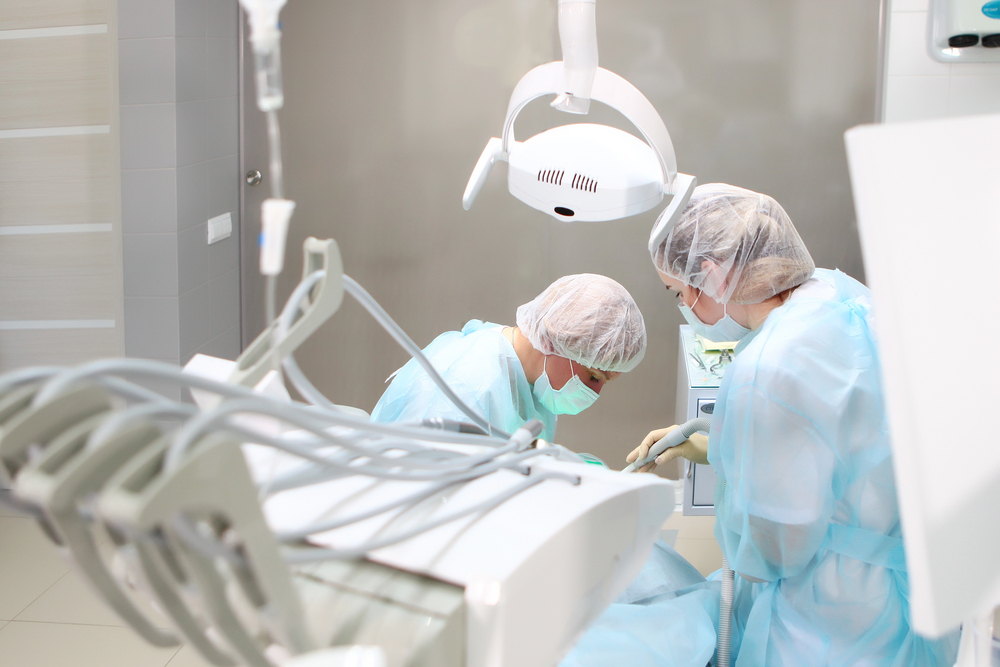
Dental anxiety affects millions of people, often preventing them from seeking the oral care they need. Whether it stems from a past traumatic experience, a fear of needles, or general discomfort with dental environments, this anxiety can make even a routine check-up seem overwhelming. Fortunately, modern dental technology offers a compassionate solution: sleep dentistry. This innovative approach helps patients relax and receive care without stress or fear—restoring not only their smiles but their confidence in dental care.
Unlike traditional dental visits, where anxiety and tension may make it difficult for patients to remain calm, sleep dentistry provides a soothing experience that prioritizes comfort and emotional well-being. With various sedation methods available—from mild relaxation aids to deeper levels of sedation—dentists can now tailor the experience to suit individual needs. This personalized approach has transformed how people perceive dental treatment, especially for those who have avoided the dentist for years due to fear.
The beauty of sleep dentistry lies in its ability to replace fear with peace of mind. Patients often describe their visits as calm, quick, and surprisingly positive. Instead of battling nerves or anticipating pain, they drift into a relaxed state while the dentist performs the necessary procedures safely and efficiently. For those seeking a more restful dental experience, finding relief from dental trauma through sleep dentistry offers a way to heal both physically and emotionally.
A New Era of Compassionate Care
Dentistry has evolved far beyond drills and bright lights. Modern clinics understand that patient comfort is just as important as clinical precision. This shift has inspired a new culture of empathy within dental care—one that addresses not only teeth but also the emotional experience surrounding dental treatment.
Today’s sleep dentistry options make it possible for patients to undergo complex procedures such as wisdom teeth extraction, dental implants, or smile makeovers with minimal stress. Even simple cleanings become easier for those who experience heightened anxiety. The process is closely monitored by trained professionals who ensure safety and relaxation throughout the appointment.
For many, sleep dentistry represents more than convenience—it’s a second chance. People who once postponed critical dental work can now move forward, free from the weight of fear. Parents with anxious children, adults with traumatic dental histories, or those with a sensitive gag reflex all find that sedation options open doors that once felt closed.
Tailored Sedation for Every Need
Sleep dentistry isn’t a one-size-fits-all solution. Dentists first assess the patient’s medical history, anxiety level, and the complexity of the procedure before recommending the right type of sedation. Common options include:
-
Oral sedation: Taken as a pill before treatment, this method produces mild to moderate relaxation. Patients remain awake but calm and often have little memory of the procedure afterward.
-
Nitrous oxide (laughing gas): Ideal for milder anxiety, it induces a light, euphoric feeling that wears off quickly after treatment.
-
IV sedation: For more complex procedures or deeper anxiety, IV sedation allows the dentist to control the level of relaxation precisely throughout the appointment.
-
General anesthesia: Used for extensive dental surgeries or severe phobia, this option ensures the patient remains fully asleep while under professional supervision.
The variety of sedation methods ensures that patients have choices, allowing them to feel safe and in control of their dental experience. This sense of empowerment plays a crucial role in reducing long-term anxiety.
Rebuilding Trust in Dentistry
Sleep dentistry does more than ease fear—it rebuilds trust. Many patients emerge from their appointments astonished at how effortless the experience was. What used to cause dread now feels manageable, even pleasant. This shift in perception can create lifelong changes in oral health habits.
When fear no longer stands in the way, patients are more likely to schedule regular check-ups and address minor issues before they become painful or expensive. Over time, this proactive approach leads to healthier teeth, gums, and overall well-being.
Beyond the practical benefits, sleep dentistry fosters a sense of healing. For those who have endured difficult past dental experiences, sedation can serve as a bridge to recovery—helping them reclaim comfort, confidence, and control.
The Path Forward
As more dental professionals adopt advanced sedation techniques, the stigma around dental fear continues to fade. Clinics are becoming more welcoming, environments more calming, and treatments more patient-centered than ever before. With gentle communication, modern technology, and empathetic care, even the most anxious patients can now experience dentistry in a new light—one defined by comfort and compassion.
Sleep dentistry isn’t just about eliminating pain; it’s about restoring trust, dignity, and peace of mind. It’s a reminder that dental care doesn’t have to be feared—it can be a soothing, even empowering experience.
For dental practitioners looking to refine their understanding of patient care, resources like managing anxious patients offer valuable insights into creating supportive, anxiety-free environments for everyone who walks through the door.




